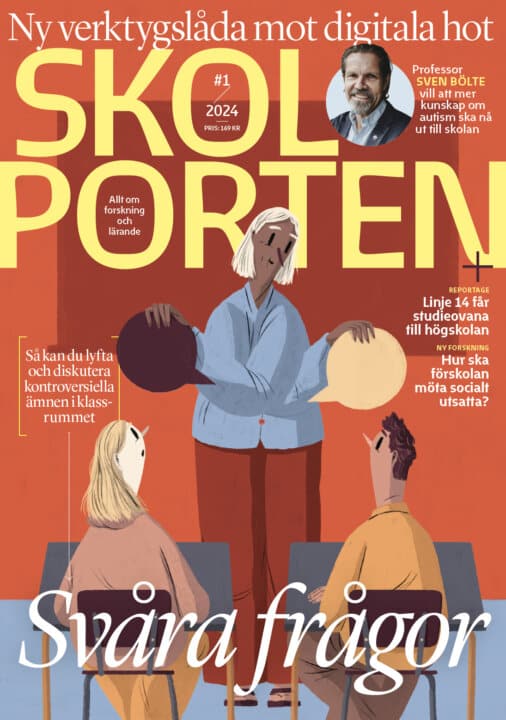Clearing for Action: Leadership as a Relational Phenomenon
Lucia Crevani
Professor Monica Lindgren, Docent Johann Packendorff
Professor Janne Tienari
KTH – Kungl Tekniska högskolan
2011-06-01
Clearing for Action: Leadership as a Relational Phenomenon
Industriell ekonomi och organisation
Abstrakt
Även om ledarskap betraktas som ett fenomen av extrem vikt, fokuseras forskning sällan på själva fenomenet medan det pågår. Därför saknas det fortfarande en begreppsapparat för att uttrycka vad ledarskap handlar om, utan att hamna i beskrivningar av individuella ledare eller/och abstrakta ideal. I avhandlingen ställs frågan ”hur görs ledarskap interaktivt i praktiken?” till det presenterade empiriska materialet (ett antal möten och intervjuer på två svenska företag). Genom att referera till aktuella ledarskapstraditioner visas att flera olika tolkningar är möjliga. Detta leder till en konceptualisering av ledarskap som ”clearing for action”: skapandet av ett begränsat handlingsutrymme i ständig omformning eller, med andra ord, hur en begränsad samling handlingar och prat blir möjliga och därmed gör andra mindre sannolika eller meningsfulla. Resultatet blir en konstruktion av ledarskap som ett banalt och upprepat socialt åstadkommande, genom vilket man producerar begränsad fortsatt möjlighet för handling och prat, och därmed riktning, i organisering.
Clearing for Action: Leadership as a Relational Phenomenon
Although leadership is deemed to matter, scholars seldom pay attention to the phenomenon itself, as it is happening. Hence definitions abound, but there is a lack of vocabulary for expressing what leadership is about without ending up talking of individual leaders and/or descriptions of abstract goodness . Such an idealised and individualistic construct of leadership has consequences, both in theory and practice, in terms of providing a reductionist account, segregating and putting people in hierarchies, reinforcing the dominance of masculinities, and constraining how leadership is to be performed. Therefore, in order to contribute to our still limited knowledge of leadership beyond ideals and individualised conceptions, the purpose of this thesis is to add to our understanding of leadership as a social phenomenon going on at work and to contribute to developing a vocabulary for it.Reading the empirical material more and more closely, produced through an ethnography-inspired approach at two Swedish organisations and consisting of transcripts of interactions and interviews, the initial research question, how is leadership shared in practice? is subsequently modified and different strands of theories are applied: shared leadership, postheroic leadership and a radical processual view of leadership. In this way, different understandings of leadership are analysed. As a result, the theoretical concepts of organisational becoming, relational leadership and work practices are combined in an alternative approach. Two leadership practices are thus identified: constructing positions and positioning, and constructing issues. Such an analysis also leads to an alternative way of understanding leadership: leadership as clearing for action. Clearing is both a space, a bounded space, and an action. Therefore it expresses a relational perspective in which there are no stable entities, by suggesting a more dynamic view, at the same time as it also conveys the idea that we are talking about a constrained space.I thus define clearing for action as an emergent bounded aggregate of actions and talks that become possible, making others impossible or less probable. Actors and their worlds are constructed in certain ways that expand or contract the space of possible action. The result is a specific reading of leadership to add to the field of leadership studies. In this reading, leadership is an ordinary, repeated, social achievement at work in which possibilities for action and talk are constructed in constrained terms.
Relaterade länkar

Fritidshem
 Åk F–6
Åk F–6 Matematikångest
 Åk 4–Vux
Åk 4–Vux 






